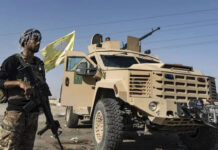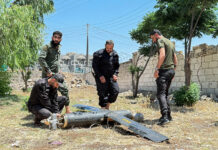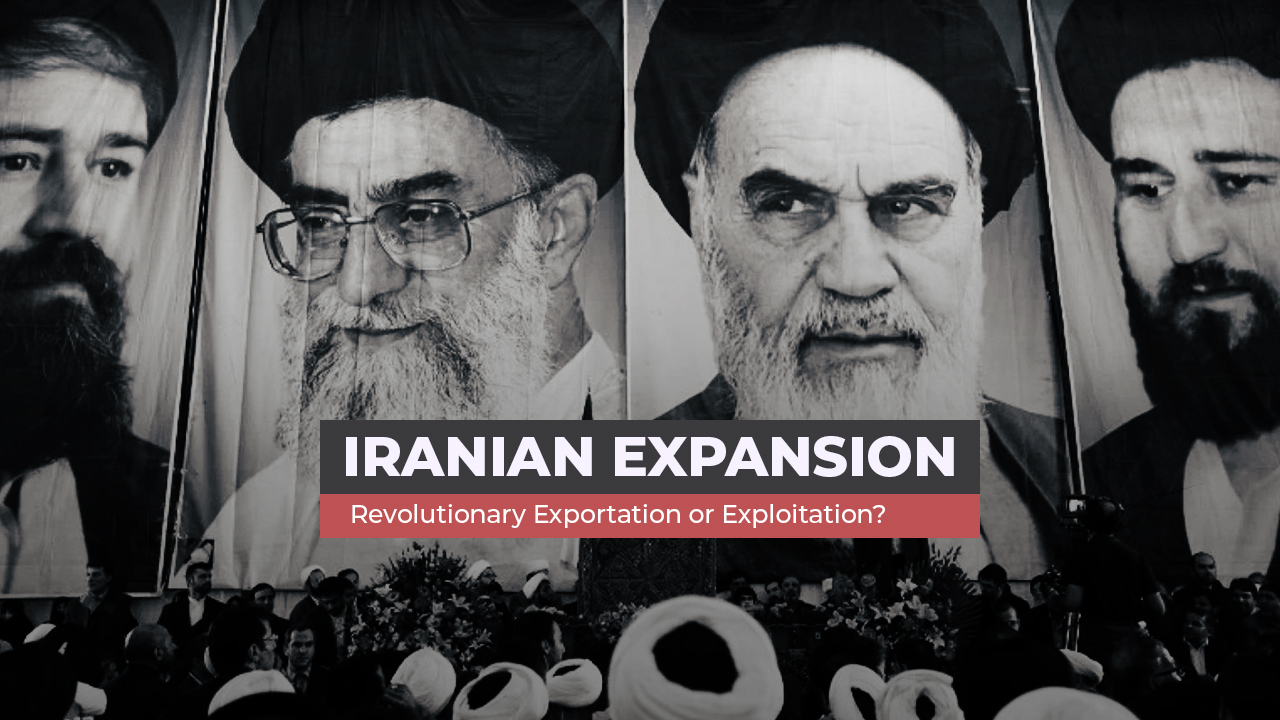
Written by Abdulwahab al-Khateeb
The recent Iranian proxy attack of the Houthis deep inside Saudi Arabia targeting the Aramco petroleum products distribution plant in Jeddah and the launch of Iranian ballistic missiles on Erbil, the capital of Iraqi Kurdistan were only the last acts in a chain of events which started nearly a half century ago.
From Rhetoric to Reality
In the wake of the 1979 Iranian revolution, Ayatollah Ruhollah Khomeini infamously mentioned “exporting the revolution.” That same year, Ayatollah Hossein Montazeri, one of Khomeini’s protégés, said, “We will export our Islamic revolution to all the Muslim countries of the world.” Philosophy became policy, and 1980s Lebanon saw its first milestones in the Iranian backed Lebanese resistance to Israeli occupation.
Iran financed and oversaw the formation of many, predominately Shiite, paramilitary groups, namely Hezbollah, Iran’s long time proxy. Thus only a few years after the declaration of revolutionary exportation the republic’s policy had garnered tangible results in establishing one of the world’s most successful and long lasting terror organization.
In 2009, Iranian cleric Ayatollah Mohammad Kashani, considered a moderate among his peers, said, “Now it is the time to export the revolution.” In recent years, Ayatollah Ali Hosseini Khamenei, current Supreme Leader of the Islamic Republic, has publicly tried to soften the official rhetoric regarding revolutionary expansionism, instead re-framing it as simply an “idea” and a “natural occurrence” that “cannot be exported” saying, “the scheme our nation has been suggesting for governing nations and societies … deeply appeals to other nations.”
However, the reality over the years reflects a multi faceted approach, and an aggressive array of ideological, cultural, and theological indoctrination programs intended to promote schism and capitalize on religious fervor, while also using economic pressure and incentives backed by military proxies to coerce and entice desperate and isolated communities and regimes into capitulation to Iranian hegemony.
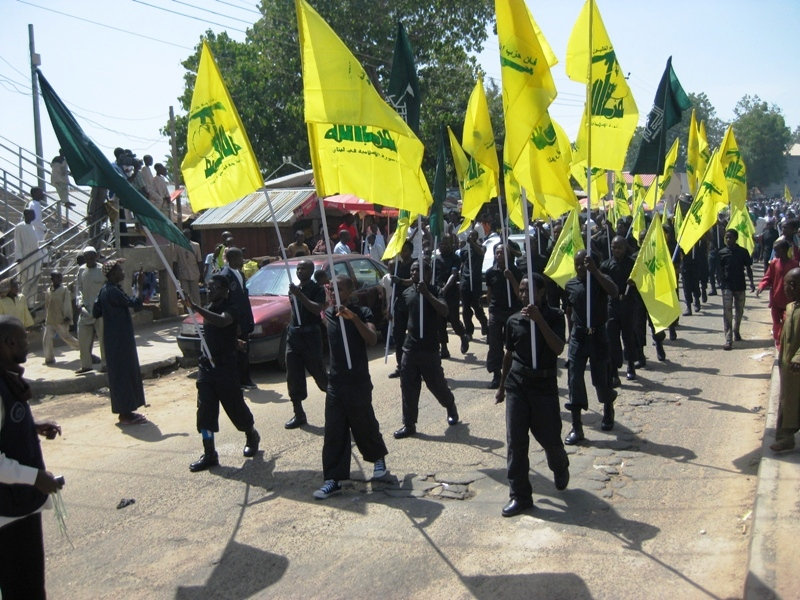
A Bad Moon Rising?
The weaponization of regional sectarian differences for political and economic profit and influence is precisely what Jordan’s King Abdullah II was cautioning against in 2004, when he warned about the alarming consolidation of Iranian power projected via Shiite ideologues, clerics, and militias receiving funds and direction from Tehran.
In a televised interview he referred to the product of this methodology as the “Shiite Crescent”, running through Lebanon, Damascus, Tehran, and Baghdad. Abdullah II later clarified that his intent was to highlight the consolidation of political alignments to Iran, rather than purely religious movements, yet the moniker aptly reflected the reality that Tehran primarily garnered political influence via sectarian and overtly religious ideology and militias.
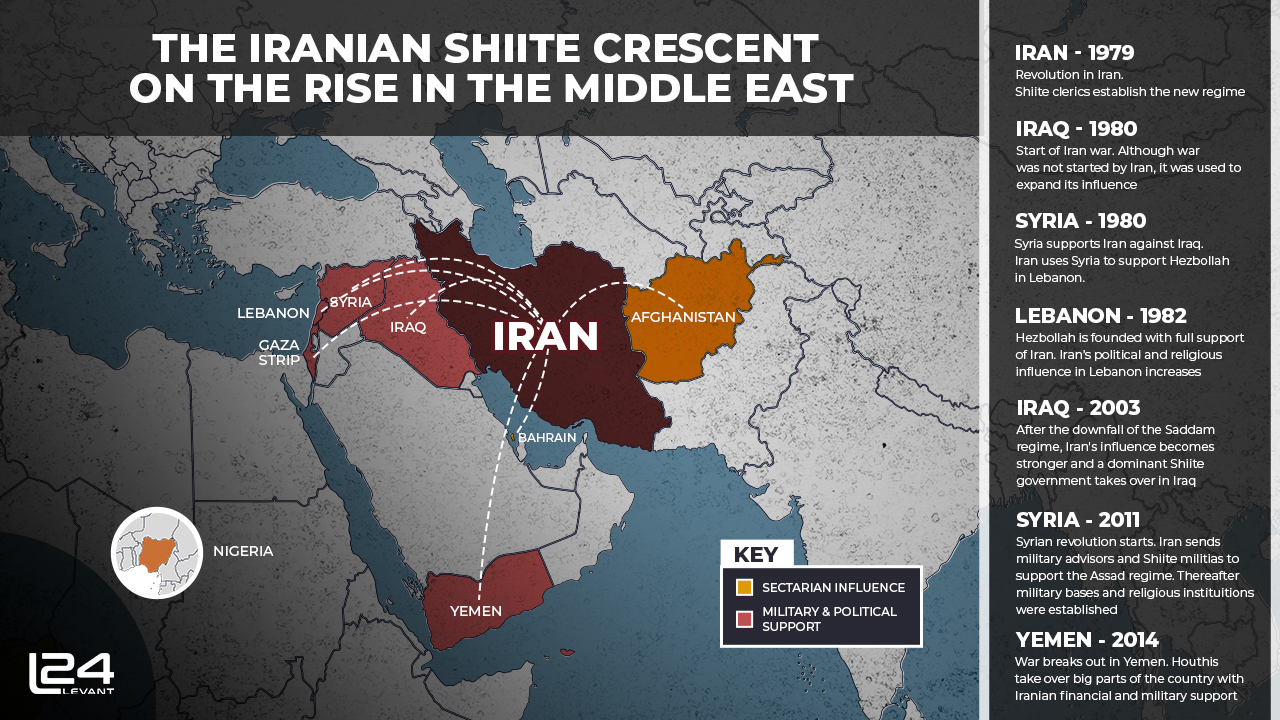
These developments can be witnessed in Afghanistan, Nigeria and in Arab countries like Lebanon, Yemen, the Gaza Strip, Bahrain, Iraq and more profoundly in the last decade in Syria. L24 spoke with Mudar Hammad Al-Asaad, spokesman for the Syrian Clans and Tribal Council who mentioned that the Iranian project in Syria was active since the 1980s, but had taken advantage of the chaos of the revolution to accelerate and he agreed on its secular nature despite religious trappings, “it is not a religious process,” he said, “it is a military and security operation by the [Syrian] regime in order to control Syria by planting military settlements of the Revolutionary Guards, Iranian militias and Hezbollah in the region.”
In a January 2007 interview Tariq Al Homayed of the London based Asharq al-Awsat, mentioned that a high ranking Iranian official had said, “[we are] looking forward to a full Shiite moon, not just a Shiite crescent.” Abdullah II commented, saying, “This would bring destruction to our region and threaten global security. If sectarianism deepens and spreads, its destructive effect will reflect on everyone … foster[ing] division, polarization and isolationism. Our region will drown in a conflict the end of which cannot be foreseen.”
Despite Iranian claims of non-exportation and non-militant projects, Qais al-Khazali, a prominent Iraqi commander of Shiite militia Asaib Ahl al-Haq boldly declared in a 2017 video that his militia, alongside the Iranian Islamic Revolution Guards Corps (IRGC), Hezbollah, Yemeni Houthis, and Iraqi Popular Mobilization Forces (PMF), aimed to make a Shiite Full Moon a reality. Within a decade of Abdullah’s II second prediction of the ruinous ramifications on regional and global stability the Shiite moon seemed to have fully risen over the region, and the world.

Positioning the Pieces
Iran has projected its control, in various countries, via direct political, military, and economic means, through both its official apparatuses of state and also covertly, via its myriad proxies and clients. The destabilizing effects of this phenomena are easily observable by looking where it has been implemented. Lebanon, Syria, Iraq and Yemen are all currently suffering economic, social and military crises, in large part, instigated or exacerbated by Iranian presence and interference.
All of these nations, victims of Iranian interventions are barely functioning and considered “failed states” by the majority of the world. Al-Asaad commented, “wherever Iran is, there is terrorism, sedition, intrigue, and sectarian religious-war, they want what happened in Iraq, Lebanon and Yemen to happen in Syria.”
Iran is deeply embedded in Lebanon’s government via Hezbollah, in Iraq through the PMF and sectarian Shiite parties and politicians loyal to the Ayatollahs of Iran, in Yemen, where Iran conducts a proxy war against the Arab Gulf states by financing and arming the Houthis and in Syria where it fields the IRGC alongside numerous fanatically loyal Shiite militias imported regionally from Iraq and Lebanon and from as far afield as Afghanistan and Pakistan.

Economic Exploitation
Iran utilizes many tactics in its control of Syria, while the most overt among them are the use of paramilitary units used to achieve military goals, more recently, they are being put to use as agents of economic advancement, through controlling strategic areas and land or extorting funds and assets from the local population.
Ahmad Zaydan, the former al-Jazeera journalist and researcher, spoke with L24 on the predatory nature of the Iranian intervention mentioning the severe poverty as a major factor for military recruitment, “militias become a source of income for the poor in the areas under [Iranian] control, in exchange for their services to the Iranians they would receive some crumbs.” Unemployment and poverty is the primary motivation for the majority of Syrians joining Shiite brigades.
However, military recruitment is only one of the tools used to control the people, a more subtle and prolific technique being used is land and resource control. Access to roadways, strategic placed plots, arable land, or commercial properties prove to be lucrative not only financially but in terms of projection of influence.
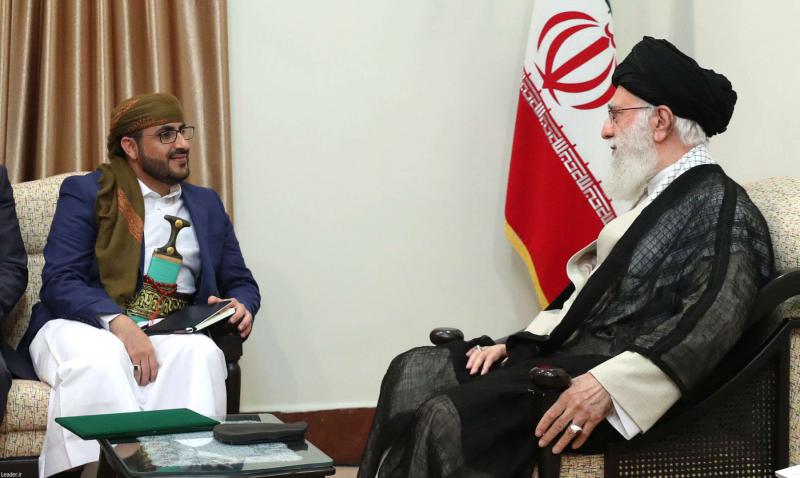
Navvar Şaban, an analyst specializing on Iranian influence in Syria mentions these tactics, “Since 2017, Iran… carried out its operations with a different approach towards infiltrating local communities, especially by purchasing real estate in different provinces. Recently, Iran has been purchasing more properties in Deir Ezzor, in both regime and SDF held areas.
“[Iran’s] expansion project on the eastern fronts in Syria, especially in Deir Ezzor, the main border provinces with Iraq … on the Syria-Iraq border, which is considered a key border crossing connecting Iran to the Mediterranean Sea via Iraq, Syria, and Lebanon. … [and with] control over the main land routes connecting Deir Ezzor province with Homs and Raqqa provinces.”
By strategically purchasing and occupying land, especially in what many call “useful Syria” Iran is able to leverage resources and monopolize vital land routes allowing them to project their influence far beyond the territories they actually hold as de facto governors. The ability to tax goods passing through the areas they control or to cut off various regions grants them a high degree of leverage both economically and politically.
Amassing real estate is also key to Iranian efforts of altering the demographics of Syria. Entire suburbs and areas in the capital, Damascus have been emptied of Sunni Arabs and replaced, instead, with Iranian Shiites of Persian descent. This is also done in many areas that Iran and her militias govern.
Chief among the tactics used for recruiting Syrians into Iranian backed sectarian militias or conversion to the Shiite sect are preying on those most vulnerable due to the decade of war and instability. Rami Abdurahman the director of the Syrian Observatory for Human Rights (SOHR) spoke with L24 on the subject saying, “[by] taking advantage of their horrible economic and social situation, which is the first string [Iran] uses to achieve its long-term geopolitical and economic goals, Tehran is exploiting the fragile situation of the Syrians and the reality of war, conflict and division in many of the areas it controls.”
He elaborated on the dire situation many in regime and Iranian controlled areas find themselves in and the pressures Iran deliberately places upon the population in order to gain sway over them. “Hunger and need has facilitated Iran’s project in implementing its plan, taking advantage of that suffering, and it is the one who builds all its projects on the tragedies of others.”
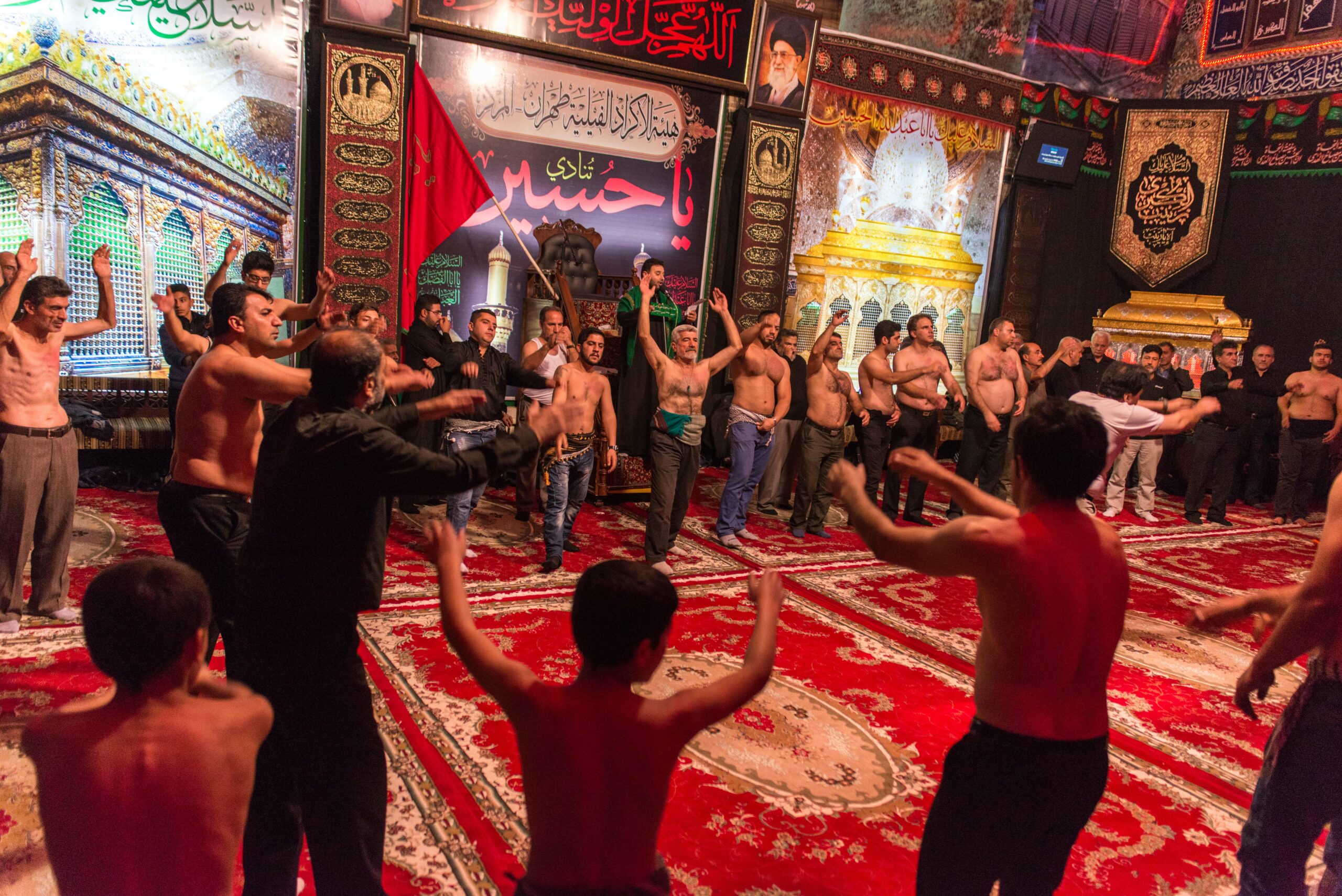
Spreading Sectarianism & Division
Iran actively pursues to alter the demography of Syria. Ethnically, linguistically, culturally, religiously and politically. Co-opting preexisting religious and educational infrastructure and re-purposing them for its own ideological programs. Schools, mosques and historical and cultural landmarks are aggressively made to fit Tehran’s Persian, Shiite dominate narrative.
“It starts with converting mosques to Husseiniyat temples, establishing Shiite schools and spreading their dogma in them, and by organizing conferences. Likewise, certain agreements between Syrian and Iranian universities also facilitates the spread of shiism, especially with the temptation of educational missions in Iran”, Abdurahman told L24.
Students are given financial incentives in the form of a monthly stipend to attend such schools, and graduates are promised automatic acceptance into Syrian universities after graduation. Over a dozen agreements have been signed between Assad’s Ministry of Education and that of Iran. Oula A. Alrifai of the Washington Institute for Near East Policy writes, “Iranian minister of education Mohsen Haji Mirzaei emphasized the importance of integrating Persian-language and culture studies into Syria’s national education system…”
The interference and aggressive indoctrination projects even upsets the Alawite Assad loyalists as Alrifai mentioned, “Indeed, families view such interference as an infringement on their culture, religion, and values; thus, these communities are extremely alarmed by the evolving ties between the teachers who educate their children and the Iranian authorities. Some Alawite families even claim that they feel closer to Sunni Syrians than to Shia Iranians.”
By creating new divisions and tensions, even among Assad loyalists, and attempting to supplant the language, culture and religion of the existing population while defrauding them of their land, wealth, dignity and self-determination Iran is creating a very unstable and dangerous environment as Abdurahman of SOHR succinctly said, “[Iran’s] military, cultural, and economic expansion is creating new fault lines in a country that is already fragile on all fronts.”
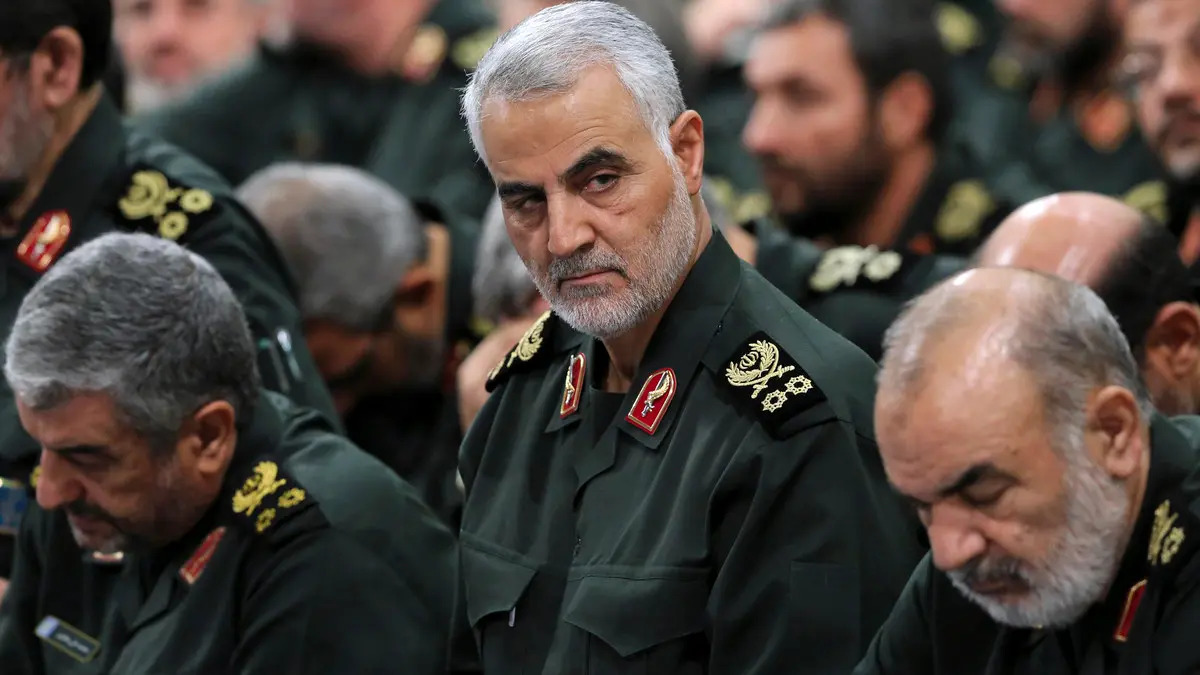
A Pivotal Moment
The balance of power between Russia and Iran in Syria also impacts the international sphere and no doubt Iran is keenly observing how things unfold, and have already began to try to capitalize on the situation as Bruce Riedel, of the Brookings Institute notes, “A Russian weakening on the international scene [as a result of the Ukrainian invasion] could encourage the Iranians to impose themselves more in Syria.”
There are already signs of this in the increase of coordination between Iranian military and economic representatives and the Assad regime as well as the movement of personnel and assets from Iraq and Lebanon to Syria to reposition Iranian clients to both counter and threaten the PKK backed YPG and Israeli and US interests, while expanding into territory previously forfeited to Russia.
Iran has spent nearly 20 years testing the limits of what it can get away with, economically, military and politically in its exploitation of vulnerable nations and populations. If left unchecked in Syria, and elsewhere, it is probable that the world will face the continued spread of discord and global instability.
Without the efforts of the Syrian people themselves, and opposition groups, in countering and halting these efforts the damage to the fabric of Syrian society and regional and international stability may reach a point of no return. It’s imperative that every effort to support those working to preserve and restore stability and end Iranian aspirations in the arena be supported in these endeavors.
Tribal spokesman Al-Asaad said, “we hold the Assad regime responsible for what is happening in Syria, and we also hold the United Nations responsible, for they are the ones who allowed Iran to interfere in Syria and spread sedition, intrigue, conspiracies, terrorism, drugs and immorality …under the pretext of religion, which is contrary to Islamic law in which the Syrian people believe.”
The international community is at a crucial moment, without the implementation of actions to counter and halt Iranian exploration and expansion in Syria, and beyond, the world will have a heavy price to pay in the future and may well be unable to undo the damage if left unchecked.
L24 contacted the Iranian Ministry of Culture that declined to comment about the Iranian shiafication efforts in the Middle East.


